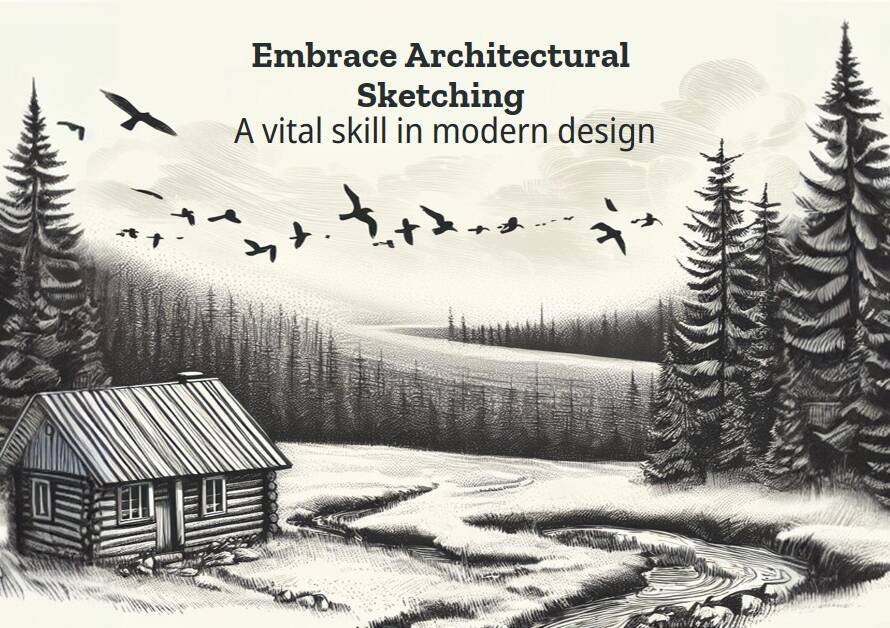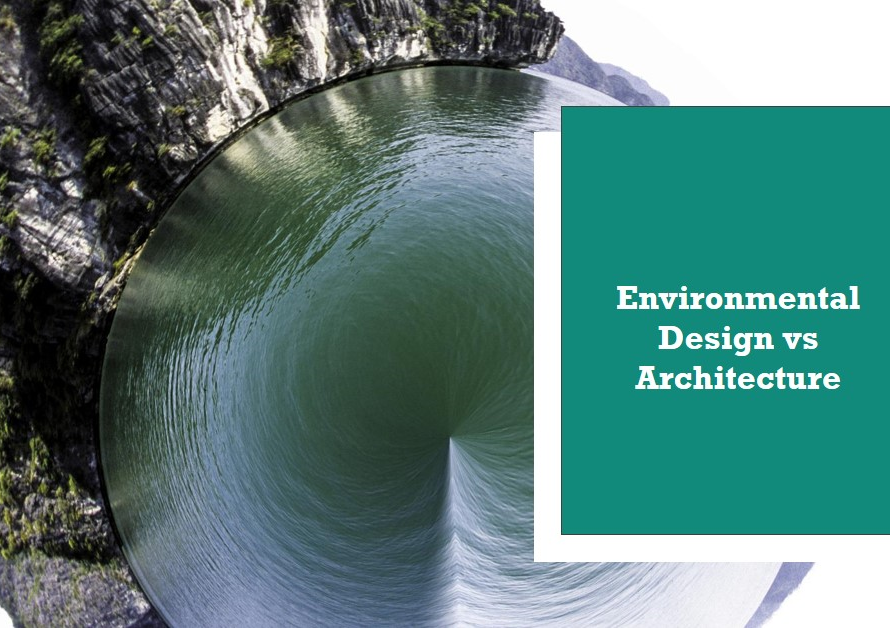
Table of Contents
1. Introduction: The Intersection of Design and Profitability
In the competitive landscape of interior design and architecture, leveraging advanced technologies such as 3D rendering can significantly impact profitability and success. This blog explores the strategic advantages of creating 3D interior designs with rendering to maximize profits, attract clients, streamline workflows, and elevate design outcomes. By integrating cutting-edge visualization tools into the design process, designers and firms can unlock new avenues for innovation, efficiency, and client satisfaction while optimizing financial returns.
2. Enhanced Visualization: From Concept to Reality
The journey of an interior design project begins with conceptualization, where ideas and inspirations take shape. 3D rendering tools empower designers to translate abstract concepts into vivid visualizations, allowing clients to envision spaces with remarkable detail and realism. By presenting photorealistic renderings showcasing furniture, materials, lighting, and spatial arrangements, designers can convey design intent effectively, align client expectations, and secure project approvals swiftly. This clarity and alignment at the outset lay the foundation for a successful and profitable design process.
3. Client Engagement and Approval: Building Confidence and Trust
Engaging clients early in the design phase with immersive 3D interior renderings fosters confidence, trust, and collaboration throughout the project lifecycle. Clients gain a comprehensive understanding of design proposals, color schemes, material selections, and layout configurations through interactive presentations and virtual walkthroughs. This transparency reduces misinterpretations, minimizes design revisions, and accelerates decision-making, ensuring project timelines and budgets remain on track. Satisfied and confident clients are more likely to endorse additional services, refer new clients, and contribute positively to project success and profitability.
4. Design Iteration and Adaptation: Iterating with Precision
The iterative nature of design demands flexibility, agility, and responsiveness to client feedback and evolving project requirements. 3D rendering facilitates seamless design iterations and adaptations by allowing designers to make real-time adjustments to elements such as furniture placement, color schemes, material finishes, and lighting scenarios. By iterating digitally, designers can explore multiple design options, experiment with creative ideas, and fine-tune details with precision, ensuring that final designs meet aesthetic, functional, and budgetary objectives effectively.
5. Marketing and Branding Impact: Showcasing Excellence
In today’s digital age, compelling visual content is a cornerstone of effective marketing and brand differentiation in the interior design industry. High-quality 3D interior renderings not only showcase design excellence but also serve as powerful marketing assets for attracting new clients, partnerships, and projects. Design firms that leverage impressive renderings in their portfolios, social media channels, websites, and marketing materials stand out as industry leaders, influencers, and innovators, attracting a discerning clientele willing to invest in premium design services and experiences.
6. Streamlined Project Management: Efficiency Equals Profitability
Efficient project management is instrumental in maximizing profitability in interior design projects. 3D rendering tools integrate seamlessly with project management workflows, allowing designers to collaborate effectively with team members, vendors, and contractors. By centralizing project data, communication, and revisions within rendering software, designers streamline coordination, minimize errors, track progress accurately, and optimize resource allocation, leading to cost savings, improved productivity, and enhanced client satisfaction.
7. Cost-Efficient Prototyping: From Virtual to Reality
Traditionally, physical prototypes and mockups incurred substantial costs in materials, labor, and time, especially in complex interior design projects. 3D rendering revolutionizes prototyping by offering cost-efficient virtual mockups and simulations that accurately represent design concepts, spatial configurations, and material finishes. Designers can test different layouts, furniture arrangements, color palettes, and lighting scenarios digitally before committing to physical implementation, reducing material waste, construction errors, and project delays, thereby optimizing project budgets and profitability.
8. Value-Added Services and Upselling Opportunities: Expanding Revenue Streams
The use of 3D interior rendering not only enhances core design services but also opens doors to value-added offerings and upselling opportunities. Design firms can offer additional services such as virtual staging for real estate listings, interior visualization for marketing campaigns, VR walkthrough experiences, and customized design packages leveraging 3D rendering technologies. These value-added services not only differentiate firms in the market but also command premium pricing, diversify revenue streams, and enhance overall profitability and client satisfaction.
9. Sustainable Design Visualization: Aligning Profit with Purpose
Incorporating sustainability principles into interior design projects is a growing trend driven by environmental consciousness and regulatory requirements. 3D rendering enables designers to visualize sustainable design features, energy-efficient lighting solutions, eco-friendly materials, and passive design strategies accurately. By showcasing sustainability initiatives in compelling renderings, designers can attract eco-conscious clients, fulfill sustainability mandates, and contribute positively to environmental stewardship, aligning profitability with purpose and societal values.
10. Conclusion: Investing in Innovation for Profitable Futures


In conclusion, embracing 3D interior designs with rendering is not just a technological upgrade but a strategic investment in profitability, creativity, and client satisfaction for interior design firms and professionals. By harnessing the power of visualization tools, designers can elevate design outcomes, streamline processes, reduce costs, expand service offerings, and position themselves as leaders in a competitive industry landscape. The symbiotic relationship between innovative design, efficient workflows, client engagement, and sustainable practices paves the way for profitable futures and enduring success in the dynamic world of interior design.


